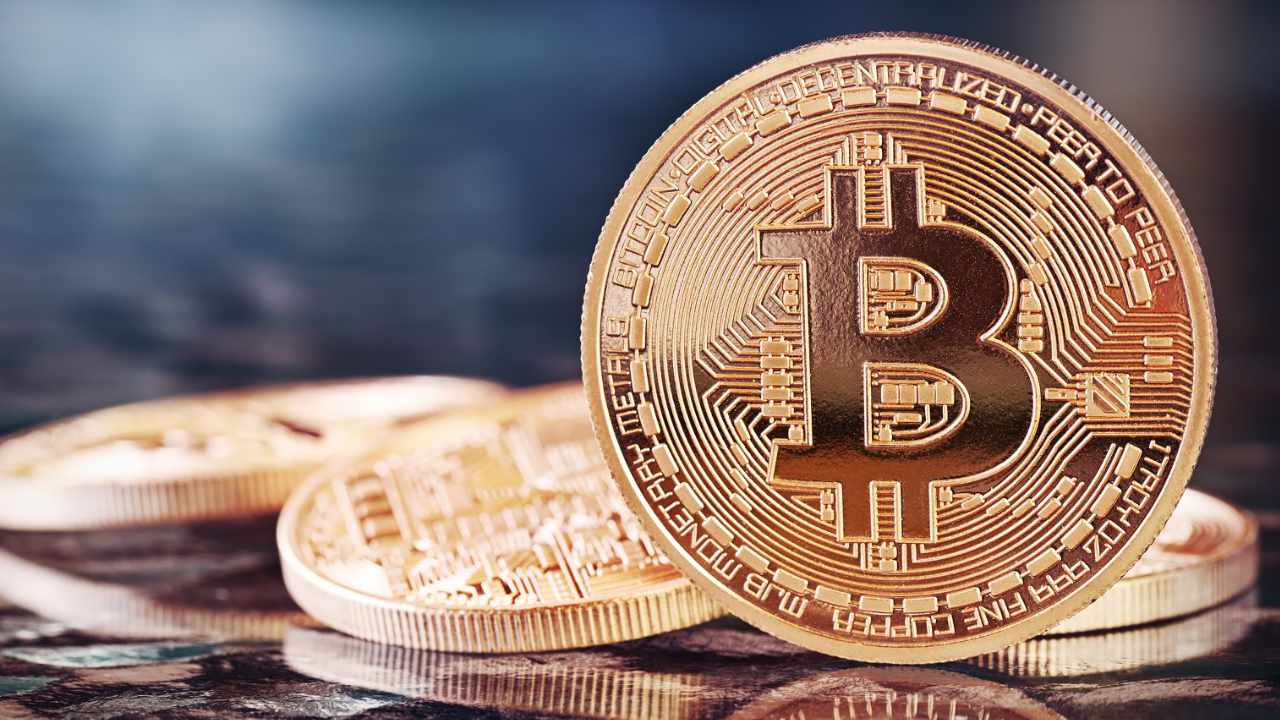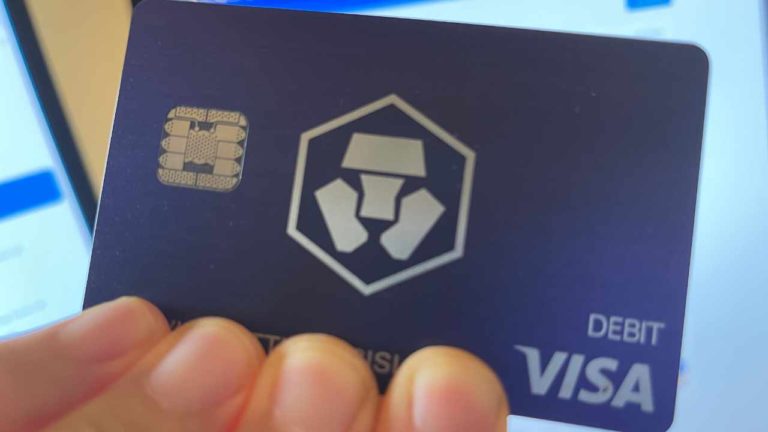What’s With All The Photos Of Physical Bitcoins? Are Those Real?
You’ve probably seen lots of photos like that one above. The ones that depict Bitcoin (or many other coins) as a physical coinSometimes referred to as a token, or a coin. The two terms are used pretty interchangeably. Essentially, it is a digital.... Thing is…
We know cryptos are digital, not physical. So, WTF? 😉
So, here’s the thing…
Part of it is just that people like to have something visual to go by. People who own websites like mine like to have snazzy photos. And photos have to show something, so essentially those coins are just physical symbols of an asset which is inherently digital.
But… that isn’t to say physical Bitcoins don’t exist. They do. 🙂
They’re not very common. They’re more of a collectible or a “geek gift”. But, they do exist.
Here’s how it works…
Physical Bitcoin Comes In 3 Parts
A physical Bitcoin is basically like a paper walletWe know a wallet as a thing you keep your money in. In cryptocurrency, we use the word wallet to refer, likewise, to a p..., but imprinted on a piece of metal.
See, any Bitcoin wallet is basically a combination of a public key (the wallet address) and a private key (for being able to send the funds). You can read more about how wallets work here.
Some people like to use paper wallets, which basically means they keep their private keys printed on a piece of paper and then locked away offline.
A physical Bitcoin is similar. It has 3 parts:
- The coin itself. Usually made out of some kind of metal and has a nice fancy design on it. The coin could have real-world value if made out of precious metals (like gold), but many physical Bitcoins are made from something much cheaper. The coin itself has no actual BTC value on the Bitcoin blockchainBlockchain is the technology that underlies cryptocurrency. Not just Bitcoin, but all of them. Blockchain is a kind of ....
- A public key. Essentially, the wallet address of that coin.
- The private key. To allow the owner of the coin to access the wallet and spend the coin.
Many times, the public key (or wallet address) is somehow viewable on the coin itself. The private key is usually hidden on the coin. One way is to use a tamper-proof hologram which is stuck to the coin and the private key is hidden under it. You would be able to look at it and tell if it has been tampered with, so in theory you would know the private key has not been exposed. Problem is, you also have to trust the maker of that physical Bitcoin that there actually is a working private key under that hologram.
Most of Them Today Are Blank
The idea of physical Bitcoins was novel in the beginning. A few companies sprouted up offering them.
Clearly, though, there were risks with people taking these things seriously. You’re putting a LOT of trust in the creator of that coin that there is indeed a working private key on the coin and that they haven’t recorded it.
The whole point of Bitcoin is trustless money. If you have to trust a third party (in this case, a coin maker) not to have done something dishonest with those keys, it goes a long way to defeating the point.
Now, combine with that the fact that Bitcoin has gone up in value substantially since these coins were thought up. These companies used to sell 1BTC coins. 1 BTC is worth a ton today. 🙂
So, today, most physical Bitcoins are just blanks.
They are just for looks.
You can even buy them on Amazon all day long and pick up several of them for less than $10.
Which means…
Real Physical Bitcoin Does Not Exist
Bitcoin is a digital asset.
While coins exist, they’re just for collectible purposes. They serve no actual function other than to look pretty.
Or… for people to take photos of it and sell the photography to sites offering up stock photos.
While there were indeed physical Bitcoins in the early days that had wallet public/private keys on them, that market has pretty much faded to nothing. The price of Bitcoin is such that buying Bitcoin on something like that would be foolish.
So, it is basically for fun today. 🙂
And that goes for any of the other physical crypto coins you see. They just print the coin’s logo on a coin and snap photos of it.
That’s all.







